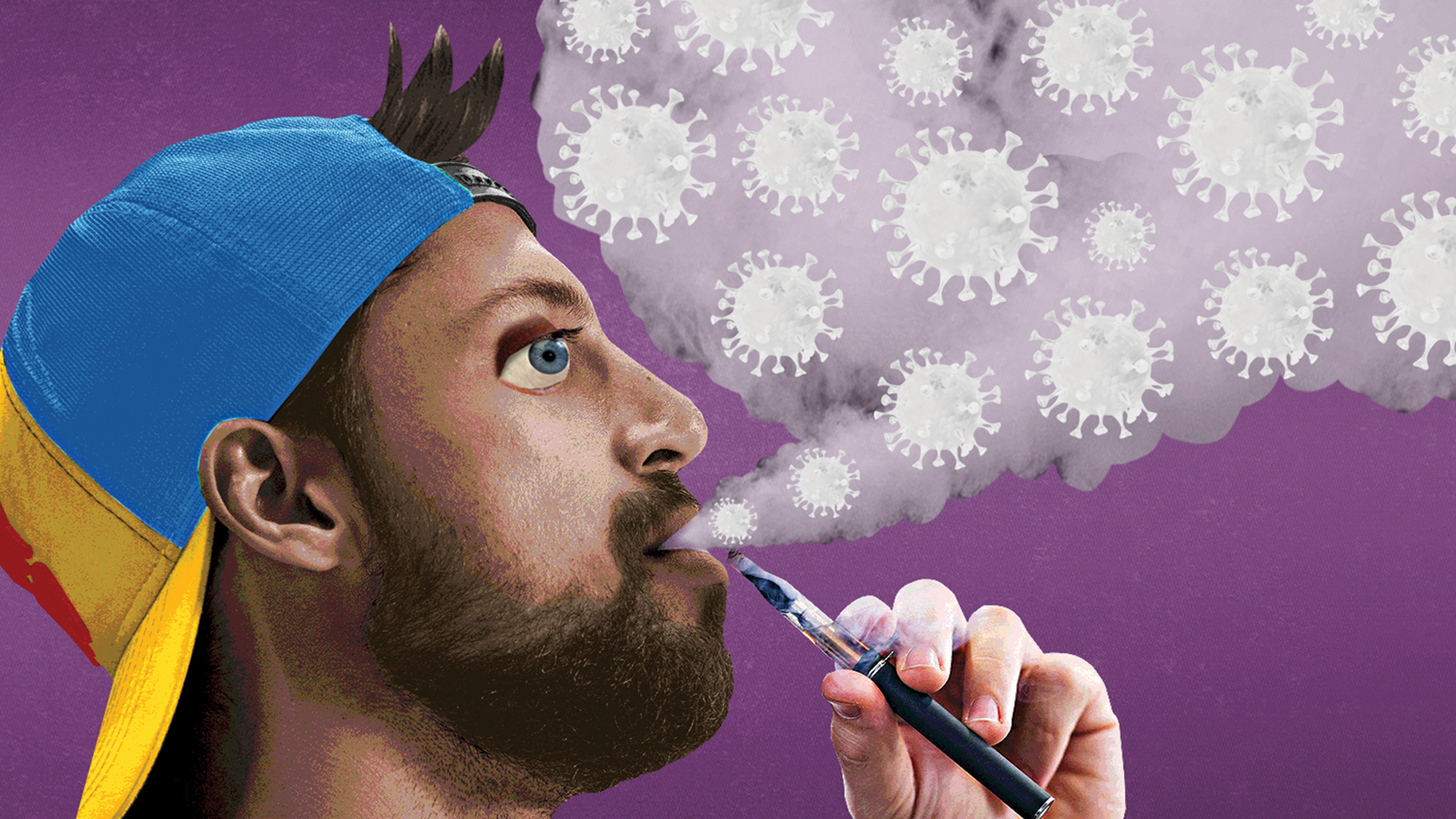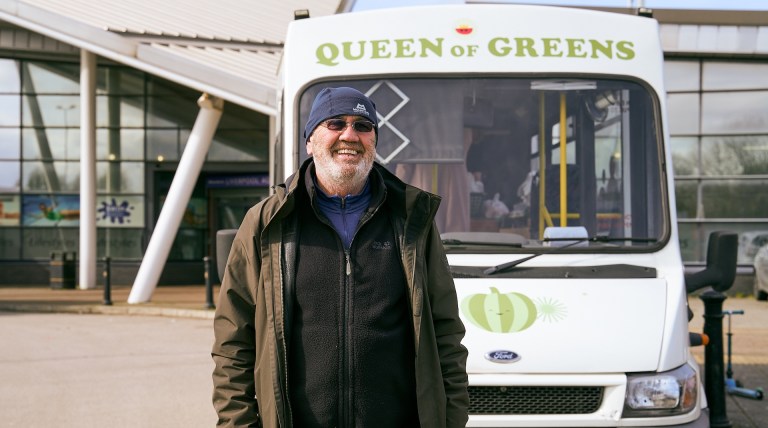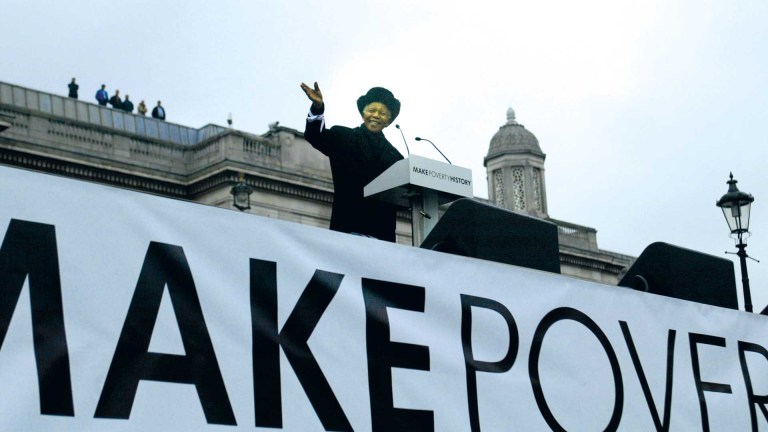Mail Online ran with the headline: “Vapers up to 17% more likely to spread coronavirus because it gets blown around when they breathe out, study says”.
Meanwhile The Daily Telegraph upped the ante, alerting readers that “Vapers with Covid-19 up to 20 per cent more likely to transmit it than infected non-smoker”.
We should certainly all be doing our best to limit our risk to others. But are the reports a real cause for concern or just a bit of hot air?
Facts. Checked
Not really. In this case, it’s panic that is being spread.
The study behind the news reports, led by scientists in Mexico, New Zealand and Italy, examined how much air people breathe when vaping more than they examined the spread of Covid-19. They found that vapers will exhale one per cent more air than non-smokers, on average – measured as between 10 and 15 puffs an hour.
That rises to five to 17 per cent more air exhaled at “high intensity”. But that’s in comparison to someone who is not talking, coughing, sneezing, singing, or participating in any other “expiratory activities”, according to the report.
Advertising helps fund Big Issue’s mission to end poverty
And it’s still less than half the risk posed by talking – keen chatters breathe out 44 per cent more air if they speak for six minutes in an hour, the study showed.
Coughing, despite being more intermittent than talking, is nearly as risky because of the large number of droplets spread.
One could argue that someone puffing on a vape is automatically more likely to pass on the virus by virtue of being without a mask.
But even the report points out that “masks are seldom worn in home-bound scenarios of family clusters”, in other words, most vapers will be in environments where masks wouldn’t be worn anyway. The researchers didn’t actually study infection rates linked to vapour, instead making assumptions based on their knowledge of how droplets spread.
They emphasise this in the report. Their advice? Keep a two-metre distance just like you would from anyone else and wear a mask where appropriate.
Advertising helps fund Big Issue’s mission to end poverty
You’re more likely to dodge the coronavirus by steering clear of someone who is talking than someone inhaling an e-cigarette.
But if vapers are more conscious of avoiding innocent passers-by when they exhale, then that surely can’t be a bad thing.










